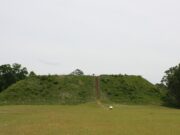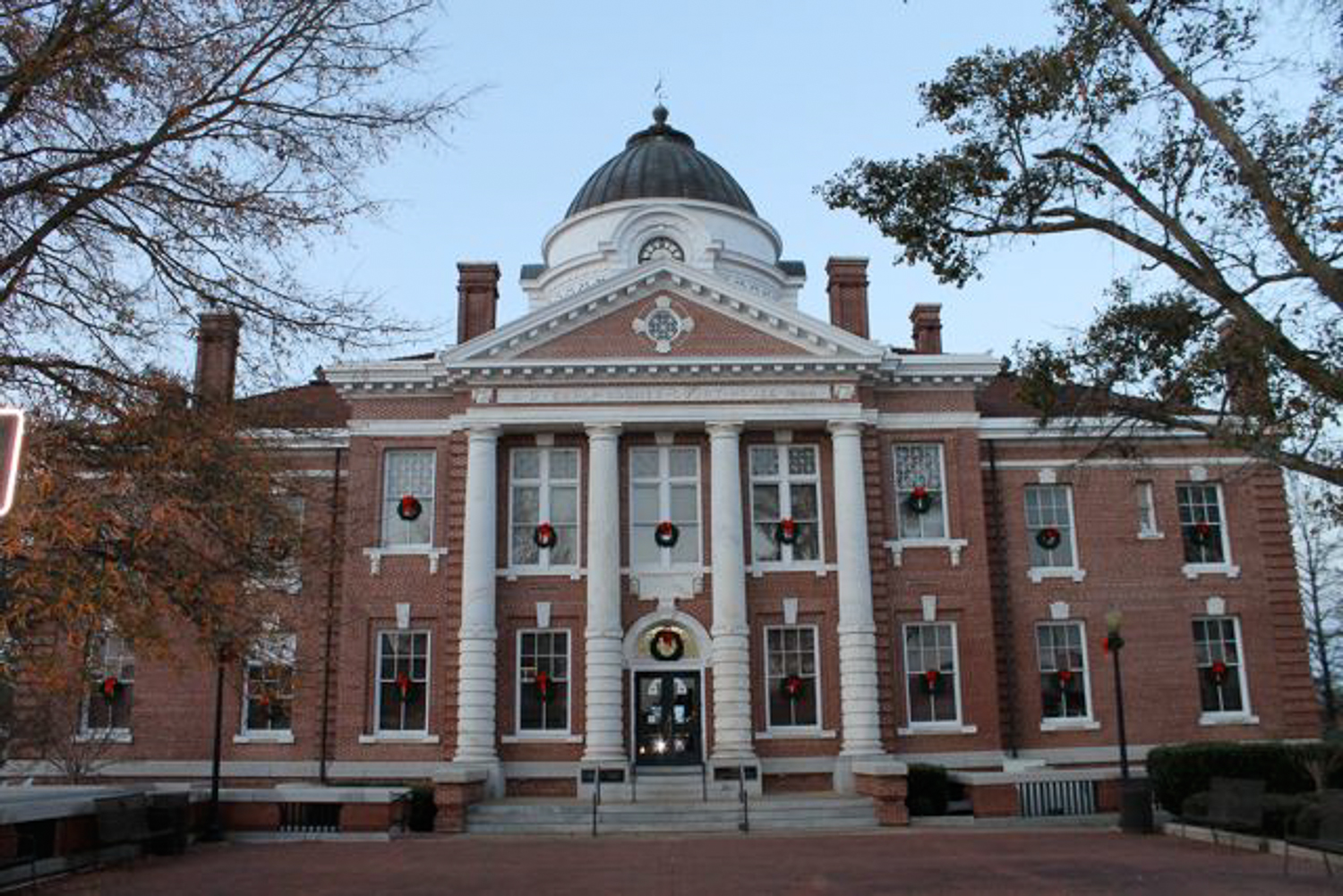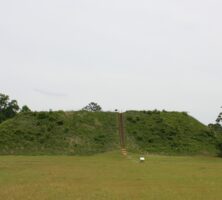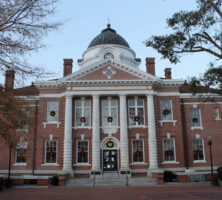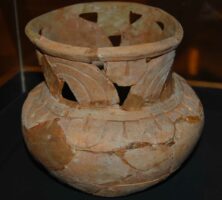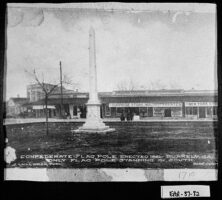Originally Early County encompassed all of southwest Georgia, about 3,770 square miles.
Gradually, all or part of ten counties (Baker, Calhoun, Clay, Decatur, Dougherty, Grady, Miller, Mitchell, Seminole, and Thomas) were carved out of the original boundaries of Early County, reducing its size to its current 511.2 square miles. Today, Early County’s boundaries are the Chattahoochee River and Alabama to the west, Clay and Calhoun counties to the north, Baker County to the east, and Miller and Seminole counties to the south.
The earliest known inhabitants of the area were the Lower Creek Indians. The first white settlement was a 100-square-foot fort, Fort Gaines (now in Clay County), named after General Edmund Pendleton Gaines. In 1817 General Andrew Jackson pushed the Native American populations out of Georgia along what is now known as the Three Notch Trail. The following year the Lower Creeks ceded southwest Georgia to the Americans in a treaty that became law on December 15, 1818. The general area was named Early County after Peter Early, who was governor of Georgia from 1813 to 1815.
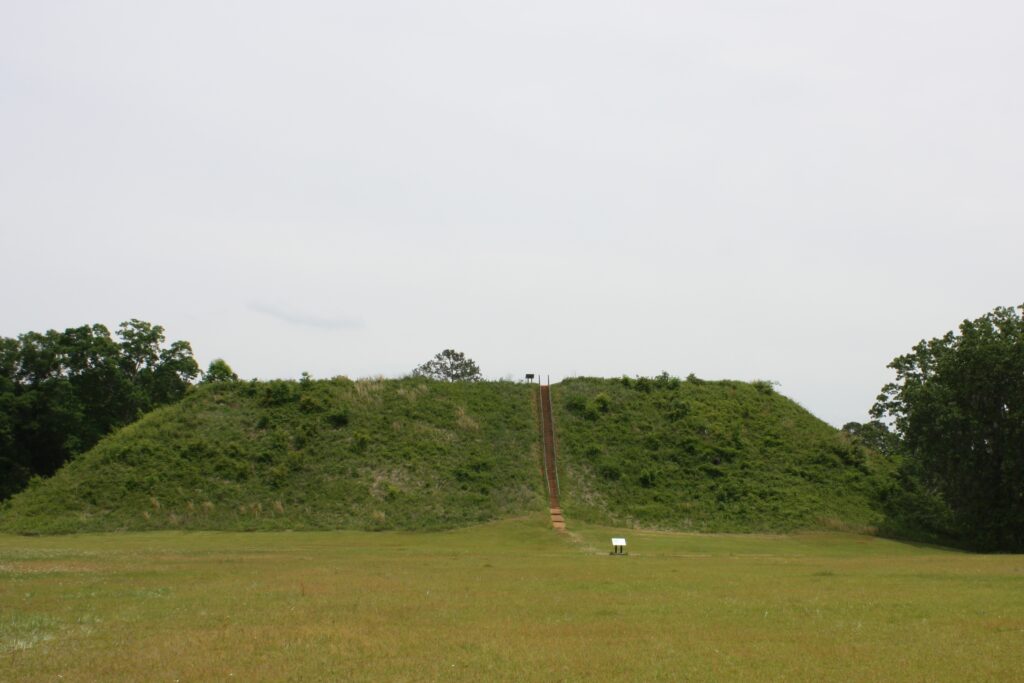
In 1825 Baker County was cut out of Early County. This development forced Early County residents to establish a new county seat, a town that today is known as Blakely. Not incorporated until 1870, Blakely was named after Captain Johnston Blakeley, who disappeared in October 1814 with the crew of the U.S. sloop Wasp. During the Civil War (1861-65) the David S. Johnston’s Southern Confederate Navy Yard was established at Saffold, on the Chattahoochee River in the southern part of the county. The yard produced one gunboat, the CSS Chattahoochee, delivered on December 8, 1862. Two other boats were under construction when the war ended.
The county is operated by a commission-administrator system with five elected commissioners. Its economy remains primarily agricultural, with large holdings in peanuts, cotton, beef cows, and timber. According to the 2020 U.S. census, the population is 10,854.
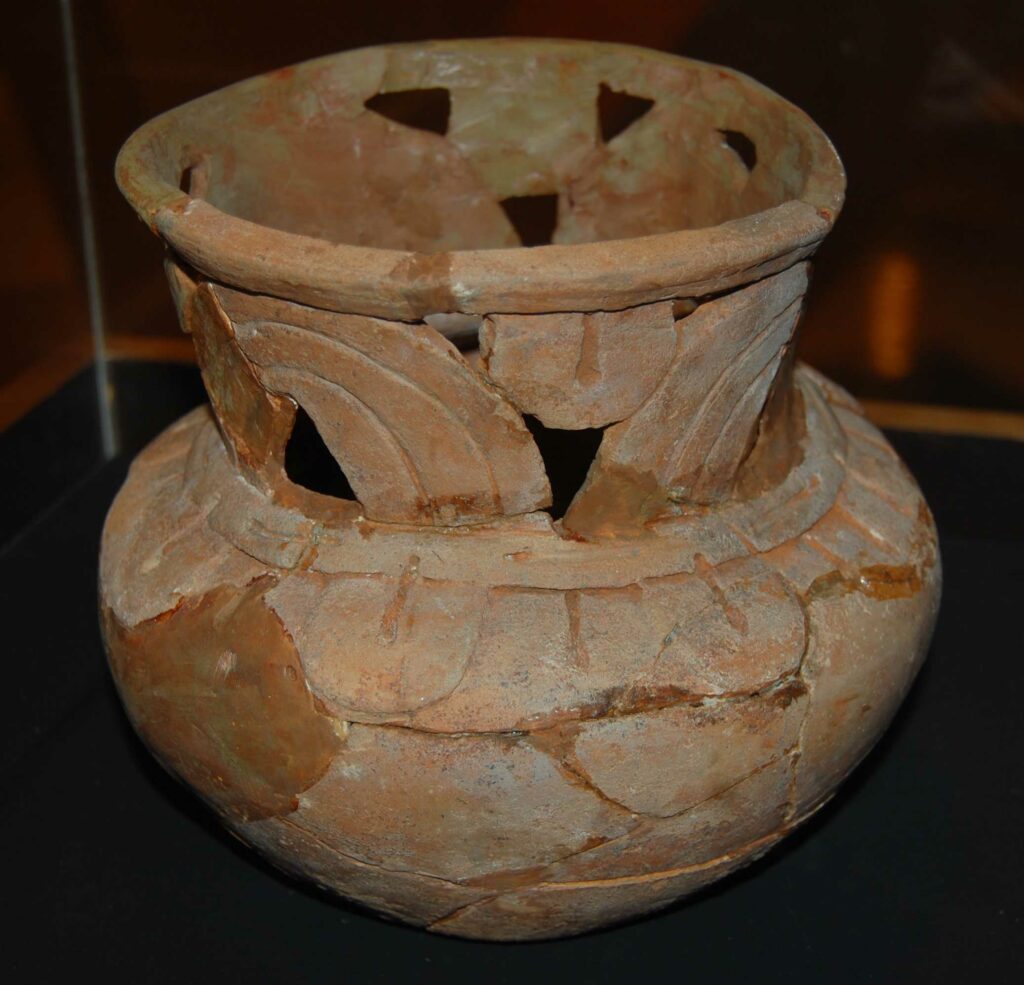
Early County has three public schools and one private school, the Southwest Georgia Academy. Bainbridge State College holds classes at the high school, and Albany Technical College runs a satellite campus.
Foremost among Early County’s historical attractions is Kolomoki Mounds Historic State Park. The park contains one of the largest Native American temple mounds east of the Mississippi River. It and six other mounds in the park were constructed by the Swift Creek and Weeden Island Indians.


